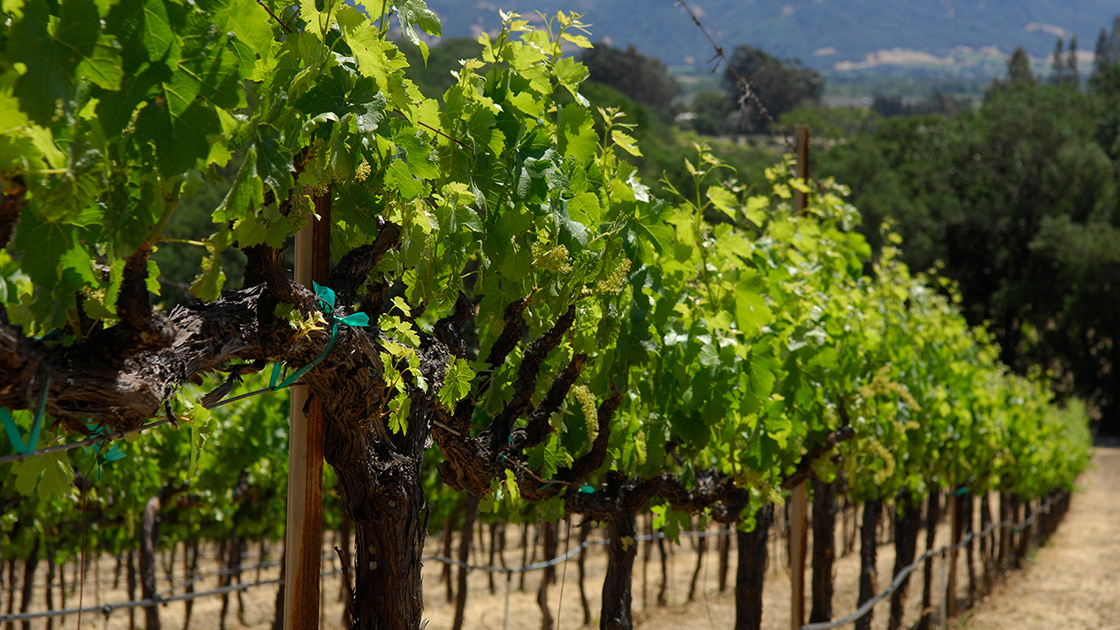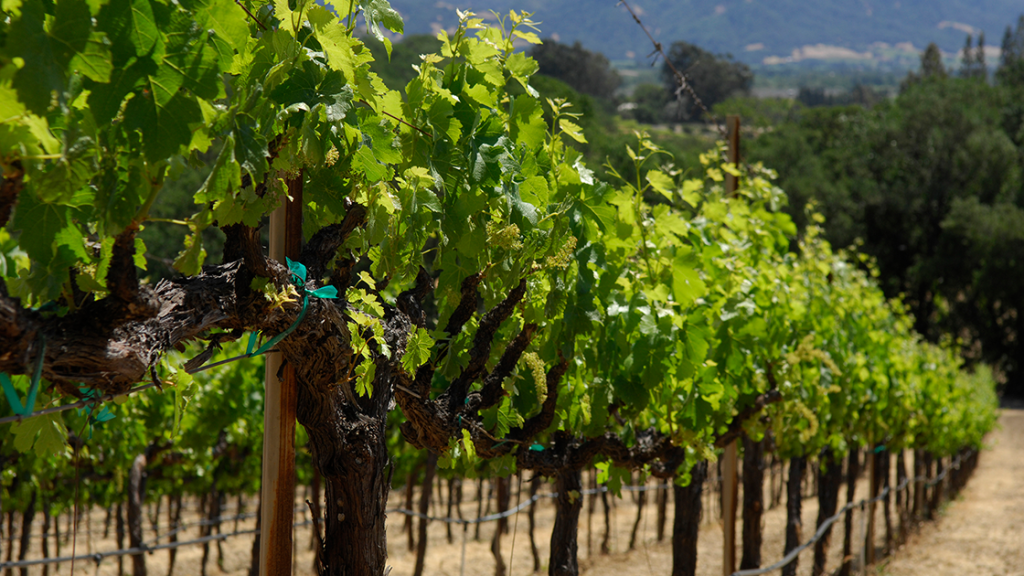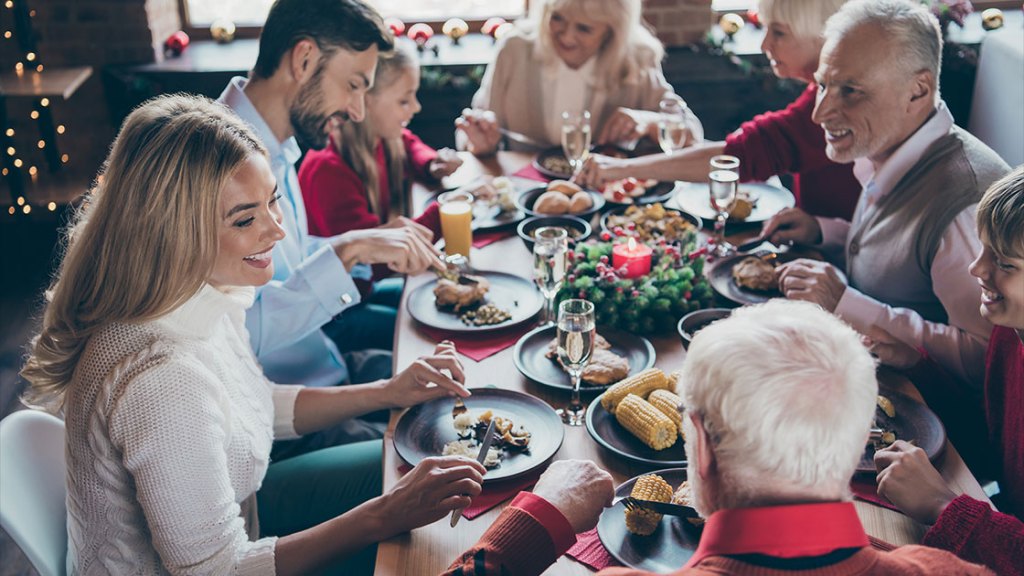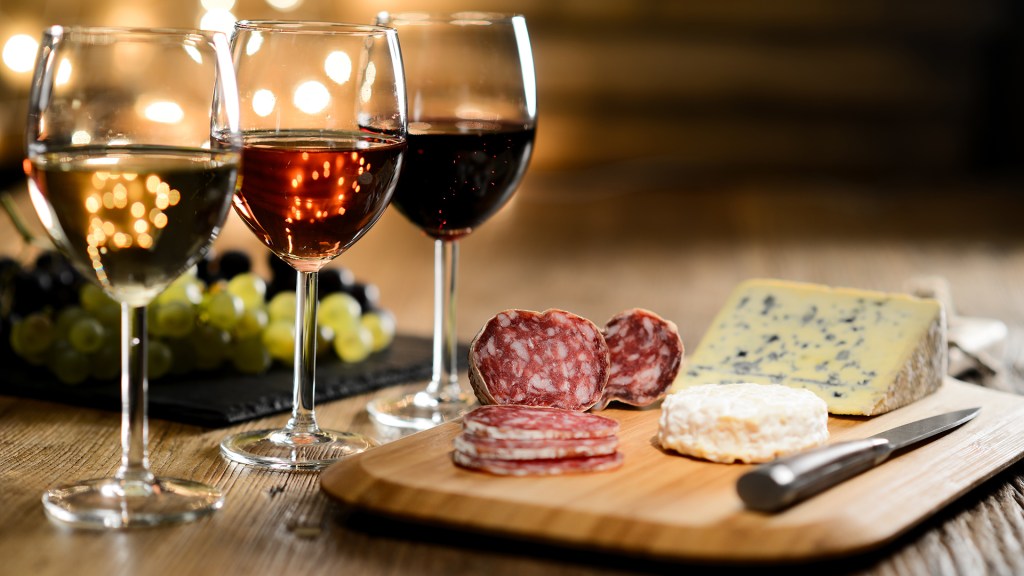
Coppola Feast
Grape growing and seasonality
By Ryan Stapleton, Director of Grower Relations, Francis Ford Coppola Winery
My favorite part of what I do is working with growers. All of my efforts are focused on keeping the right balance in the vineyard, no matter what Mother Nature may throw our way. Having a chance to taste the new wines from a particular vintage is a celebration. It means we have made it through all of Mother Nature’s challenges!
The New Year
In early January, we are in the vineyard, pruning vines, which are dormant through the winter. By the end of February, all our vineyards are pruned. At this time, we also tie vines to the fruiting wire, for extra structure and support. We also check all the trellises and take care of any needed repairs or other maintenance.
Bud Break & New Shoots
Sometime in March or April, depending on the weather, buds swell and leaves pop. This is the moment known as “bud break” and it is both an exciting and worrisome time, as a late frost could damage or destroy the tender buds.
During bud break, we examine the vineyards, looking for uniformity in growing conditions. If we get late spring rain, we check the blocks for areas with excessive moisture as we know the area will take longer to ripen. We take notes, make educated guesses about any delays in ripening and begin to shape our harvest plans.
A few weeks after bud break, we evaluate each vine and select two young shoots on each spur, which are the branches that extend off a vine’s main body. We remove all but these shoots in order to direct nutrients to them, as they will be producing the year’s crop.
Fruit Set & Leaf Removal
As summer unfolds, we must examine if and how fruit has set on the vine. There are so many variables that can interfere with this process, especially hard rain, extreme heat, intense wind and late frost, the perfect temperatures during this time range 75-85 degrees. When weather is less than ideal, yields may plummet and we will see an inconsistency in set. It is a nerve- wracking time of year, as we wait to learn what our vines may produce.
At this time, we also remove leaves from the vine’s canopy in order to optimize sunlight exposure, which helps the development of flavor and phenolics in the grapes. Trellis wires are arranged in such a way that sunlight reaches all clusters, even those bunched together. If clusters are too closely bunched, it creates ideal conditions for rot and pests; exposure to sunlight helps mitigate this.
Managing vines in this way helps us reach the target color and degree of ripeness we hope to achieve in order to craft a wine of superior quality.
Sauvignon Blanc is a great example of a varietal that varies greatly depending on how its leaves are managed. Francis Ford Coppola Winery Diamond Collection Sauvignon Blanc, for example, has flavors of green guava and pineapple, qualities that are a result of our leafing practices.
I love the varietal and the Francis Ford Coppola Winery Director’s Cut Sauvignon Blanc is my favorite, as its vineyard, in Alexander Valley, is the first to ripe. The fruit makes the cellar smell so good!
Thinning
After fruit has set and the canopy has been trimmed, it is time to remove some of the grape clusters. We remove those that are not ripening as quickly as the others and we also remove clusters that are too crowded, to help reduce rot.
Our goal, of course, is to remove all but those clusters that will make the finest wines.
Hurry Up & Wait
As harvest approaches, we walk our vineyard blocks and take random samples, looking for grapes with toasty dark brown seeds that are crunchy and not at all bitter. We also check color by ripping the skin and examining the flesh of the grape. For Cabernet Sauvignon, for example, we are searching for the darkest fruit.
We taste the grapes, too, and would not, for example, harvest clusters that taste like bell pepper, a flavor that indicates the grapes need more hang time.
There is a lot of lab work at this time. We test for percentage of sugar (brix), for acidity (PH) and for total acidity by volume (TA). All of these measurements and samples are shared with the winemaking team. If they determine the grapes are not ready, we evaluate again in three to seven days; exactly when is determined by the weather.
As we walk the vineyards as harvest nears, we pay attention to everything, checking for canopy health, a vine’s need for water and any evidence of disease.
When the grapes are ready, we pick them, load them and take them to the winery to start the fermentation.
Once the juice is pressed, we load up the seeds, stems and skins, where we then compost and return them to the vineyards in the spring, and work them into the soil.
And then it all begins again.
Privacy
Your privacy is very important to us. Please review our privacy policy for more information.
Age Verification
In order to view the requested page you must be at least 21 years of age.
© 2024





